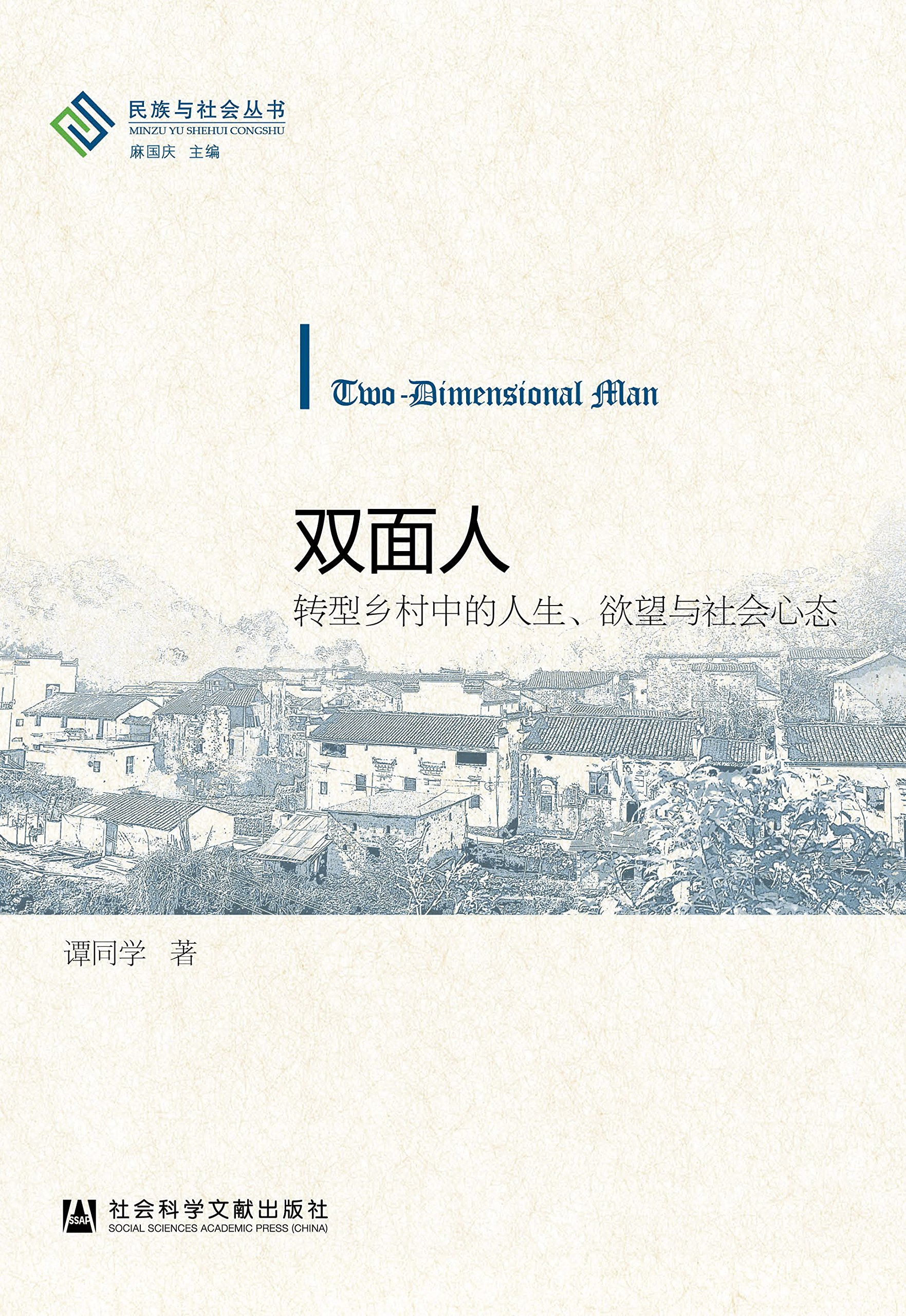Role of social mentality in transforming villages

Two-Dimensional Man
Author: Tan Tongxue
Publisher: Social Sciences Academic Press
Two-Dimensional Man describes the history of a village called Cheng in western Guangdong Province. The story covers the period from 1949 to the 21st century, covering all kinds of people and touching upon multiple issues, ranging from social, political and economic affairs to clan and religious issues. The author, Tan Tongxue, references the way Sima Qian created Records of the Grand Historian, and wrote his work in the form of biography.
The book comprises three parts: text, readings and reflection. This special structure relates to the primary conundrum of an ethnographic work: whether it is to first represent the whole landscape of rural life or to put forth a theoretical conclusion. The core of arthrography lies in vivid story-telling, whereas the meaning of the story requires theoretical analysis, which in turn would reduce the inner richness of story. In other words, any theory would seem to be inadequate when tasked with summarizing the delicacy of life. If all the stories are mere testimonies and illustrations of theories, the integrity of life would be cut apart. But there would be no difference between ethnography and novels without theoretical improvement. We always expect something beyond just the story. Facing this dilemma, Tan separated the story and analysis. Half of his book described the whole story of the village and the other half is independent theoretical analysis. This writing format successfully demonstrates the complexity of life in all aspects, leaving ample space for alternative interpretations. The analysis in the book is merely one of many possibilities.
The first part of the book describes six people. The first two are Cheng Chengren, a cadre who had been in power for a long time and became penniless in old age, and Cheng Shouyi, who was involved in politics and later became wealthy via business. The story of these two people covers all stages from the foundation of the People’s Republic of China to the 21st century. The next section covers the story of intellectuals Cheng Shoude and Cheng Shouzhi, who were destined to become engaged in local politics and clan issues, explaining the fate of intellectuals from the village in the modern age. The book also looks at the new cadre member Cheng Chengxin, born in 1950, who began his political career with the help of Cheng Chengren. But he found that the economic and political situation after the 1980s was totally different from that which faced Cheng Chengren’s generation. The final part of this segment of the book introduced ordinary farmers like Cheng Shoukuan and the youth of the new generation like Cheng Fudao, the son of Cheng Shouyi. Cheng Fudao continued the success of his father, while Cheng Shoude’s sons and daughters became migrant workers in the city like most youth in the village.
The middle part of the book is a literature review of the current research that analyzes the economic, political, social and religious aspects of rural life. The third part of the book discusses various understandings of “humans” and “truth” in rural life, and reveals the core issue the book focuses on: the clash between traditions and modernity in rural life.

 PRINT
PRINT CLOSE
CLOSE